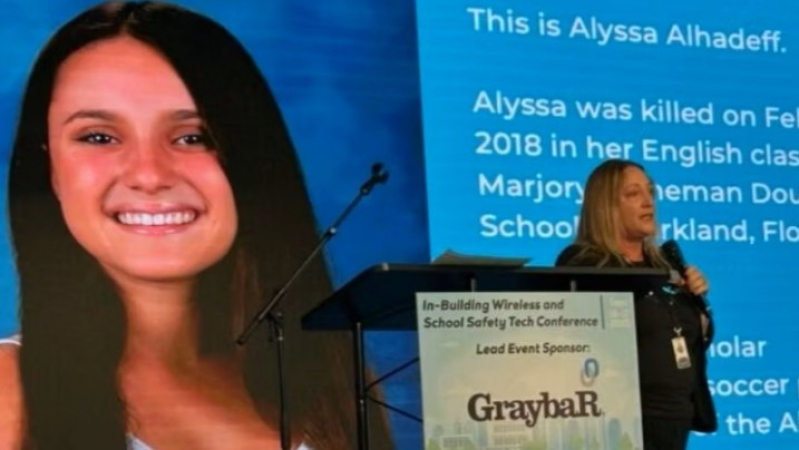
In mid-September, ADRF had the pleasure of attending the Safer Building Coalitions’ In-Building Wireless and School Safety Tech Conference in Fort Lauderdale, Florida, to explore the challenges, solutions, technologies, and best practices associated with in-building wireless connectivity and school safety.
We are big fans of this two-day event because not only do we get to gather with some of our favorite public safety and school officials, such as Jon Pasqualone, Executive Director of the Florida Fire Marshals and Inspectors Association and Tim Hay, Executive Director of the Office of Safe Schools at the Florida Department of Education, but also AHJs and system designers to focus on improving in-building communications for emergency response and school safety. There’s also free parking, which is a plus!
(Source: Safer Buildings Coalition via LinkedIn)
Our Conference Overview
Day one kicked off with a deep dive into In-Building Public Safety Communications, a must-attend for public safety professionals, AHJs, IT leaders, and risk managers. The morning session featured three hours of expert insight from SBC Executive Director Alan Perdue, who is also the co-author of The Complete ERCES Handbook, where he walked us through the latest code and statutory requirements, sparking important conversations on compliance and safety. Since major building and fire codes like ICC and the NFPA are updated in three-year cycles, and the statutory requirements created by the state legislature change every year, sessions like these help keep communication professionals in tune with the latest.
On day two, the spotlight shifted to school and campus safety, where we joined a deep dive on PASS school safety and security guidelines presented by Chuck Wilson, Chief Executive Officer at NSCA. This was our favorite day out of the two, due to the conversation featuring Lori Alhadeff, founder and president of Make Our Schools Safe (and driving force behind Alyssa’s Law), and Gale Moericke, the president of Crux Technology and Security Solutions. They focused on the importance of wireless panic alerts and public safety communication in schools. At ADRF, we believe communication infrastructure doesn’t just help in emergencies; it also enables a new wave of connected safety solutions. Alyssa’s Law is a powerful reminder that progress often comes from tragedy, but also that one well-placed piece of legislation can spark a movement toward lasting change. We spoke about this more in-depth in our last newsletter, which can be found here.
By the end of both days, we were left with a few main themes focused on the evolving landscape of school safety and the critical role that technology and connectivity play in protecting students and staff.
(Source: Safer Buildings Coalition via LinkedIn)
Key Themes from Two Days of Innovation and Collaboration
A central event theme was the importance of interoperability; the ability of different systems, networks, and devices to communicate seamlessly. As schools invest in advanced technologies, from AI-powered cameras to gunshot detection systems, it becomes clear that these tools are only as effective as the networks that enable them. When communication breaks down between first responders or school staff, the consequences can be significant. The speakers at the conference emphasized that unified cellular networks, supporting both commercial and public safety communications, are no longer optional but essential for modern school security.
This conversation expanded to the strategic role of infrastructure. Reliable in-building wireless coverage and integrated communication systems are foundational to turning safety solutions into actionable intelligence. Different presentations showcased how thoughtful deployment of these technologies across campus environments can enhance operational efficiency while maintaining high levels of safety, while also addressing the on-site space limitations when supporting these new systems. Several participants noted that these constraints can impact both the efficiency and scalability of deployments, making it critical to consider not just the technology itself but also how it is integrated and managed within the existing infrastructure. This perspective reinforces that school safety is not a patchwork of devices but a coordinated ecosystem where interoperability drives outcomes.
For ADRF, these insights reinforce our commitment to providing solutions that help schools stay prepared and resilient. To dive deeper into these lessons and explore practical strategies for enhancing safety on campus, keep an eye out for our upcoming webinar on school safety.
See you next year.


